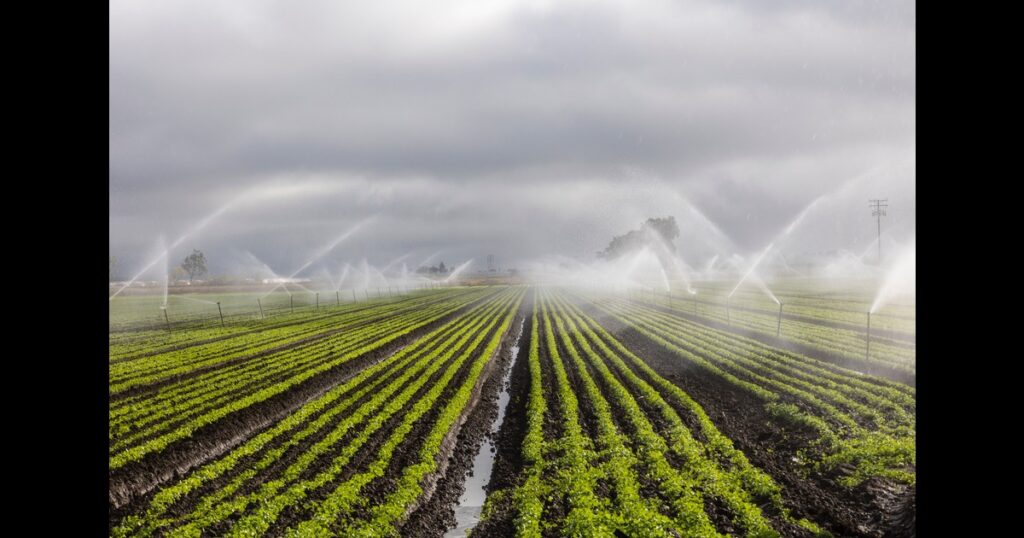India is the world’s second most populated country and a major producer of various crops. Therefore, efficient irrigation techniques are crucial for maintaining and increasing food production in India. This blog will discuss various irrigation methods that can maximize crop yields while minimizing water usage and cost.
We will also explore each method’s benefits and drawbacks. Additionally, we will provide tips on choosing the right irrigation method for your specific needs. We hope this blog will provide valuable information and insights on irrigation techniques in the Indian context.
Surface Irrigation Methods
Surface irrigation is where you water the soil surface rather than deliver directly to the roots of the plants. Several surface irrigation methods are quite common in India, including flood, furrow, and border irrigation.
Flood irrigation involves flooding a field with water, allowing it to spread over the entire surface of the field. This method suits large fields with a uniform slope and is for crops such as rice and wheat. Now, all that’s left for you to do is to use a tractor baler and fill your granaries with the increased yield!
Furrow irrigation involves using shallow channels or furrows to direct water from a main supply channel to the plants. This method suits fields with a gentle slope. Crops such as cotton and sugarcane benefit from this method.
Border irrigation involves using a series of parallel borders or raised beds to contain the water and direct it towards the plants. Use this method for fields with a moderate to the steep slope. Horticultural crops such as vegetables and fruit trees benefit from such a method.
Drip Irrigation Methods
Drip irrigation is a type of irrigation method that delivers water to plants through a network of tubes or pipes with small openings or emitters. Water the roots of the plants in a controlled and precise manner. This minimizes water loss through evaporation and runoff.
Micro irrigation, also called local irrigation or low-volume irrigation is a type of irrigation method that uses small quantities of water and operates at low pressure. It includes drip irrigation and other methods such as micro-sprinklers, bubblers, and jet emitters. Paired with regular fertilization using a spray pump, micro irrigation can yield amazing results.
Both drip and micro irrigation systems are highly efficient and can save up to 50-70% of the water used in traditional irrigation methods. These methods suit a wide range of crops. You can easily automate this process for convenient and efficient operation. However, they require a higher initial investment and may not be suitable for certain soils or topographies.
Sprinkler irrigation
Sprinkler irrigation is where you spray water into the air and distribute it over the field through a network of pipes and sprinklers. This method is suitable for many crops and can be easily automated for convenient and efficient operation.
Several types of sprinkler systems include stationary, portable, and lateral-moving systems. You can fix stationary systems that cover large areas, while portable systems can move from one location to another. Lateral-moving systems consist of sprinklers mounted on a moving platform, which can cover a larger area by moving horizontally across the field.
Sprinkler irrigation is highly efficient and can save up to 40-50% of the water used in traditional irrigation methods. It is also well-suited for uneven terrain and can be used in areas with limited water resources. However, it requires a higher initial investment and may not be suitable for certain soils or topographies.
Choosing the right irrigation Method
When choosing the right irrigation method for your farm or garden, there are several factors to consider, including the type of crop, the size and layout of the field or garden, the availability of water resources, and the budget.
For small gardens or fields with a limited water supply, drip or micro irrigation may be the most suitable option. These highly efficient methods can be easily automated for convenient and efficient operation. However, they require a higher initial investment and may not be suitable for certain soils or topographies.
For larger fields or gardens with sufficient water supply, surface irrigation methods such as flood, furrow, or border irrigation may be more suitable. These methods suit many crops and can easily adapt to different topographies and soil types. However, they may require more labour and equipment for implementation, resulting in higher water losses through evaporation and runoff.
Sprinkler irrigation may be suitable for fields or gardens with a moderate to large water supply and relatively flat terrain. It is a highly efficient method and can be easily automated for convenient and efficient operation. However, it requires a higher initial investment and may not be suitable for certain soils or topographies.
Conclusion
Ultimately, the right irrigation method for your farm or garden will depend on your specific needs and resources. It is important to carefully evaluate the pros and cons of each method and choose the one that best meets your needs.








Leave a Reply